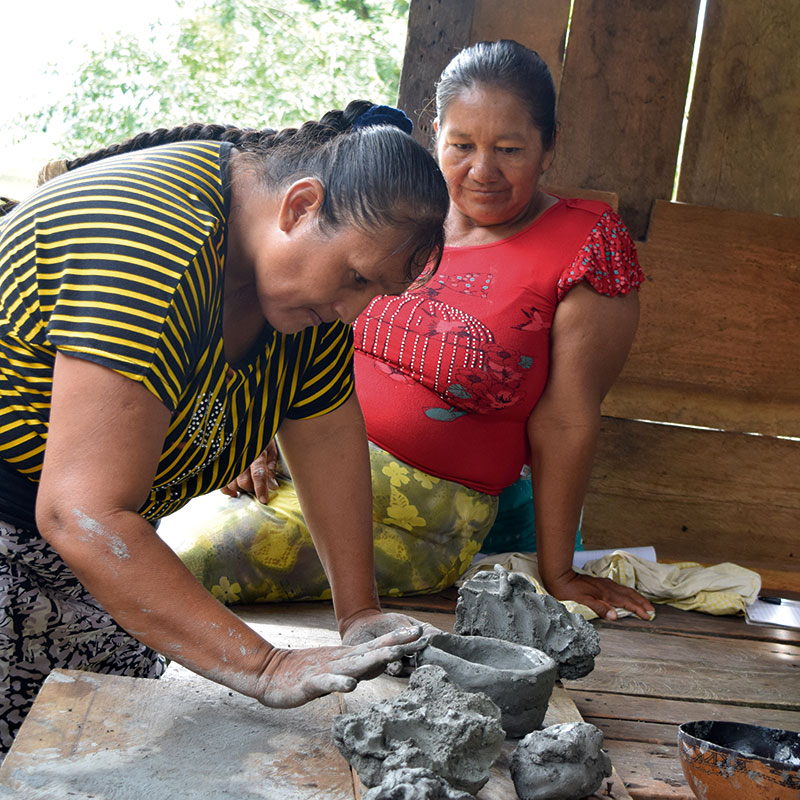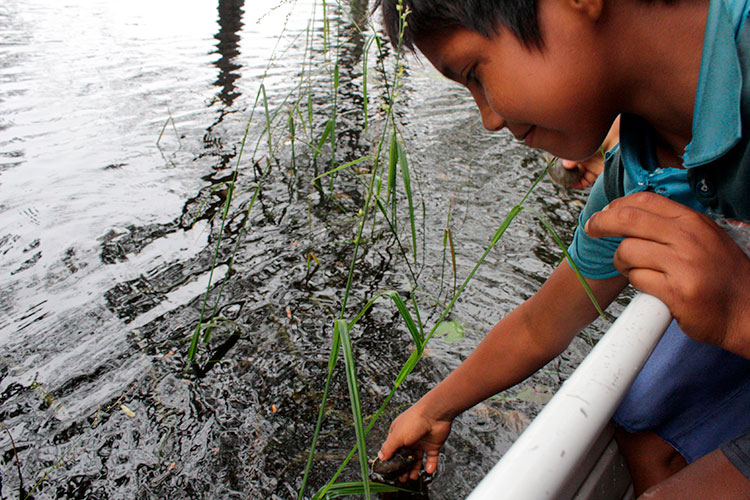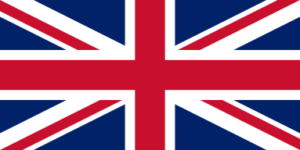OIAPOQUE PROGRAM
The Oiapoque Program operates within three Indigenous Lands in the municipality of Oiapoque, located in the far north of the state of Amapá, in the northern region of Brazil.
The Oiapoque Program of Iepé has been active since 2008 in partnership with the Karipuna, Galibi Marworno, Galibi Kali’na, and Palikur peoples who inhabit the Indigenous Lands of Uaçá, Juminã, and Galibi, located on the border with French Guiana, in the state of Amapá.


Iepé’s work with these peoples began with activities focused on researcher training, promotion, and valorization of traditional forms of expression and knowledge, followed by territorial and environmental management, as well as the strengthening of political representation.
The Oiapoque Program supported the development of the Life Plan of Indigenous Peoples of Oiapoque and the Territorial and Environmental Management Program, which is being implemented through various projects executed with the program’s support. The Training Course for Indigenous Environmental Agents of Oiapoque, one of the projects carried out by Iepé in partnership with The Nature Conservancy (TNC), graduated 44 indigenous agents who will be certified as Environmental Technicians. The Oiapoque Program also supports the Kamahad Tauahu Project (“friend of the tracajá” in the Kheuol language), which is focused on the conservation of tracajás – freshwater tortoises found in the Amazon basin.
| OIAPOQUE INDIGENOUS LANDS: | |||
| UAÇÁ | GALIBI | JUMINÃ | |
| AREA | 470,164 hectares | 6,689 hectares | 41,601 hectares |
| POPULATION (Source: IEPÉ, 2019) | 7,703 | 164 | 291 |
| NUMBER OF VILLAGES (Source: IEPÉ, 2019) | 52 | 2 | 3 |
| PEOPLE | Galibi Marworno, Karipuna, and Palikur Arukwayene | Galibi Kali’na, Galibi Marworno, Karipuna, and Palikur Arukwayene | Galibi Marworno and Karipuna |
| LANGUAGE | Kheóul (Creole Language) and Parikwaki (Aruak Language) | Galibi Kali’na (Karib Language), Kheóul (Creole Language), and Parikwaki (Aruak Language) | Kheóul (Creole Language) |
| MUNICIPALITIES | Oiapoque | Oiapoque | Oiapoque |
| LEGAL STATUS | Homologated in 1991 | Homologated in 1982 | Homologated in 1992 |

